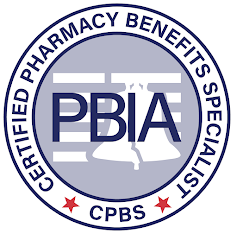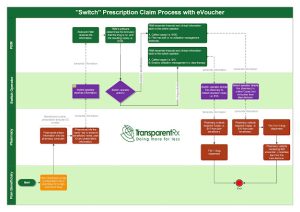Billionaire Mark Cuban steps up assault on US prescription drug prices, or is he just another player in the mail-order pharmacy market? [Weekly Roundup]
News and notes from around the interweb:
- Billionaire Mark Cuban steps up assault on US prescription drug prices. In an interview with Pharmacy Times, Ron Lanton III, Esq, principal at Lanton Law, said entrepreneur Mark Cuban’s new venture into the pharmacy field is very interesting, although it maybe just another player in the mail-order pharmacy market. In the interview, Lanton discussed the company’s steep discounts on drugs in a myriad of disease states, as well as the company’s pharmacy benefits manager, which is expected to be operational in 2023.
- Is a 90-Day Supply the Best Option to Improve Medication Adherence? Medication nonadherence results in upwards of 100,000 deaths per year and billions in health care spending annually. Whether it is a newly discovered medication or a tried-and-true remedy of the past, a medication only works when it is taken correctly. Medication adherence is essential for each medication to have its therapeutic effect in every patient. Interventions to improve medication adherence may have a greater impact on individual patients and the population as a whole than any novel treatment or therapy. To address nonadherence and remove the potential barrier of accessibility to medications, 90-day supplies are commonly offered as a solution.
-

Join the Movement! Documents reveal the secrecy of America’s drug pricing matrix. Several people who work in the industry, who asked not to be named due to the confidential nature of coalitions, said most employers, regardless of how big they are, have no idea what they’re giving up when they enter coalitions. Once employers are locked into the coalition, they can’t get a full second opinion on the drug prices they pay, experts said.
- 3 reasons to optimize pharmacy benefits before the next open enrollment. Drug spending in the U.S. ballooned to more than $535 billion in 2020 and was projected to increase by another 4-6% by the end of 2021. Two culprits include faster price increases and higher growth in utilization. With drug costs and pharmacy spend on the rise, reducing the cost of Rx benefits is a top priority for many of your self-funded employer clients. To put it simply, sticking with the status quo is not the best option in 2022. Here are three reasons why.
- Issues Arise as Health Plans Begin Covering At-Home COVID-19 Tests. While plan sponsors and issuers were adjusting their benefits to cover the cost of COVID-19 at-home tests, the administration moved forward with President Joe Biden’s order that the federal government purchase five hundred million at-home rapid COVID-19 testing kits to be sent free of charge to Americans who request them. The administration’s action is in addition to its policy of allowing Americans to buy and get reimbursed through private insurance for at-home tests.







